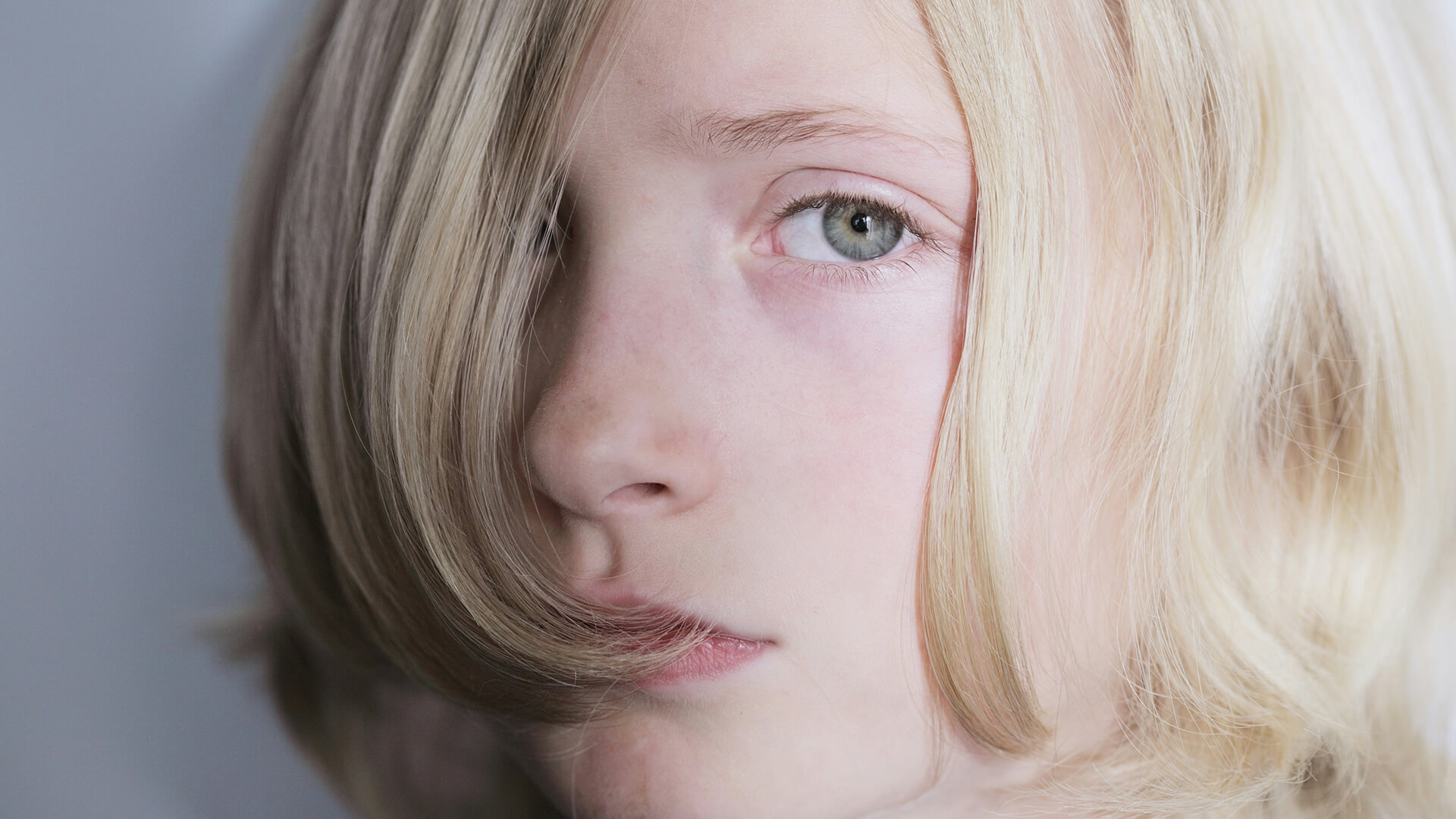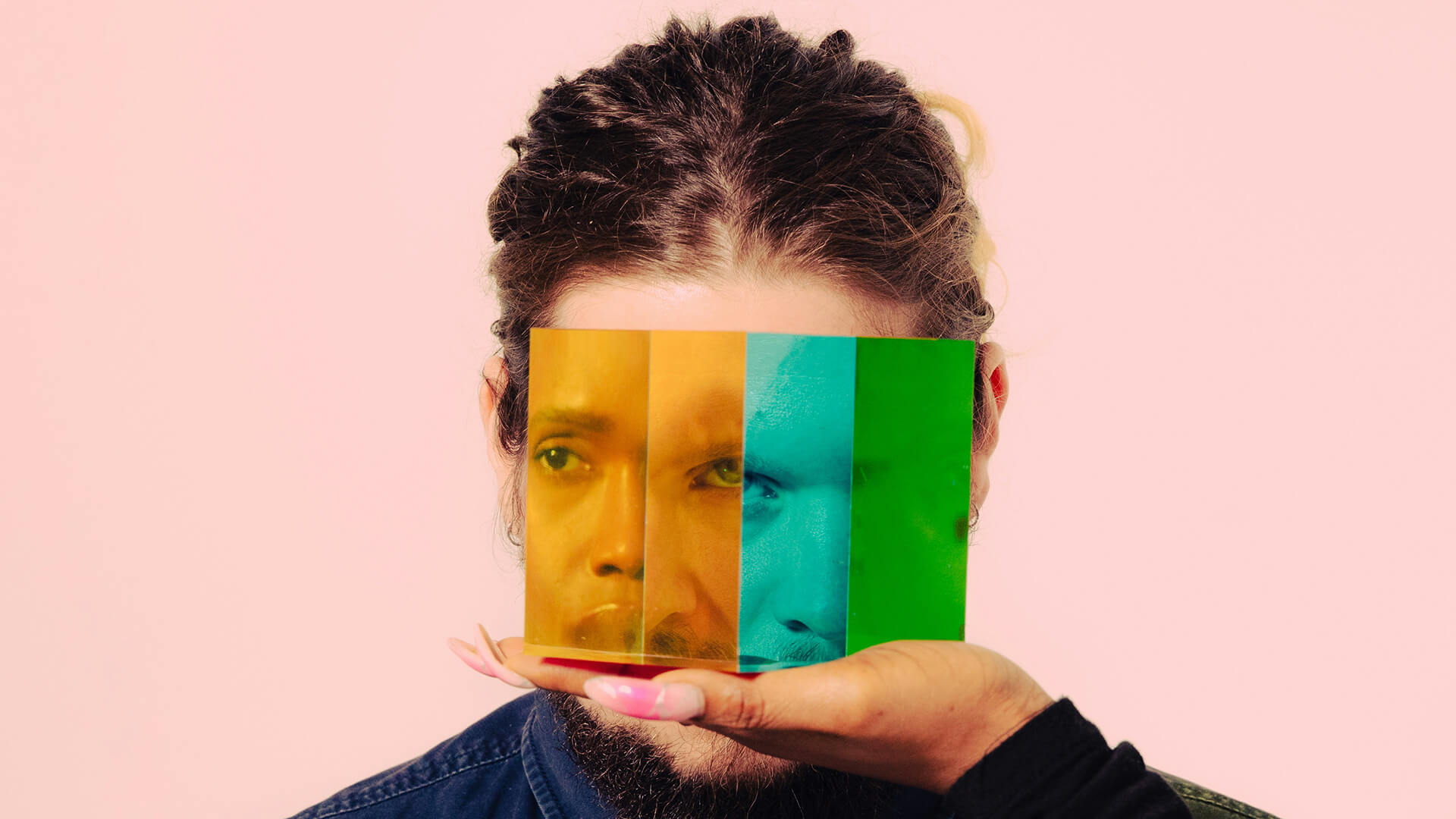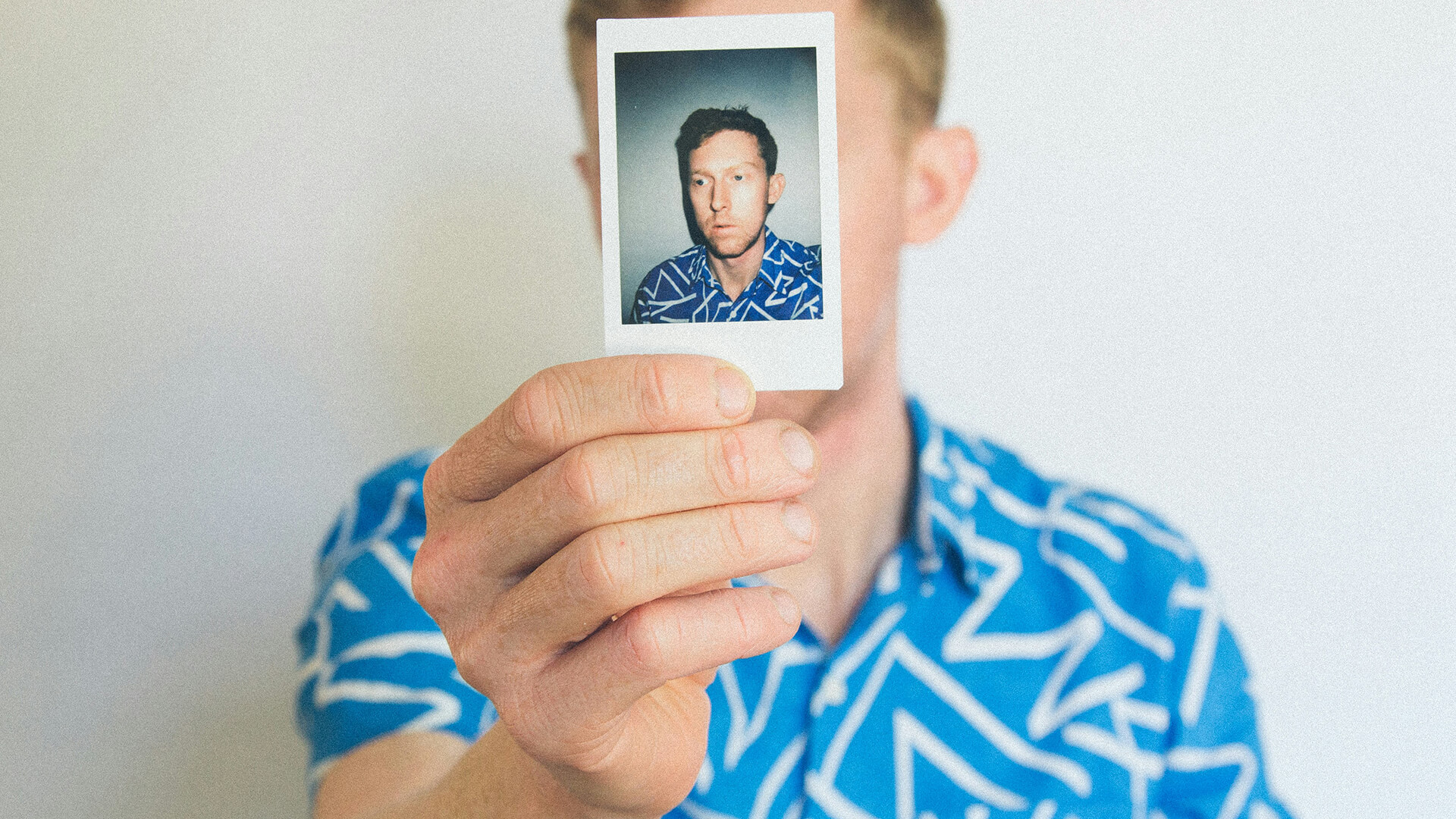According to social constructionism, reality is constructed through social relationships. Each of our existence and identity is built in relation to other people. We exist because we have relationships with the surrounding world. But would we exist if we had no relationships with others, if we lived without contact with other people or other forms of life? The era, culture, and environment into which we are born largely define our own reality, as well as the development of our identity. The era in which our grandparents lived was very different from the era in which we or our children live.
We build our identity based on the relationships we have with other people and our environment. Our identity is also shaped by the surrounding culture. From childhood, we learn what behavioral norms and rules are characteristic of the environment in which we grow up, whether it is a broader cultural context or within a specific family. We learn what behavior is acceptable, what is forbidden, what is expected of us, and what earns us approval.
As children, we shape our behavior, thoughts, and self-image based on the feedback we receive from our parents. Do our parents allow us to express emotions, can we get upset if we can’t dress ourselves, can we cry if we injure ourselves, can we celebrate our successes? How our parents respond to these issues depends on what was considered appropriate in the culture and family in which they were raised.

How is iour identity built?
Identity is defined as a person’s understanding of themselves, and it is fundamentally connected to their sense of self-worth. Our perception of who we are and what kind of people we become affects our actions and behavior. Identity answers the question “who am I?” and it is important to see it as something that evolves over time. Identity develops and changes throughout life, and this development is an ongoing interactive process. The development of identity, or how well one understands oneself, is strongly linked to a person’s well-being and happiness.
The development of one’s identity begins with experiencing one’s own temperament, personality traits, and physical characteristics. Identity can be developed by reflecting, questioning, and comparing. It is important, when developing identity, to consider aspects such as what kind of person one is and which groups one wants to belong to.

How is iour identity built?
For a young child, the presence, time, care, and support of parents are crucial for developing a positive self-image, identity, and interaction skills. How a child is spoken to during the early years of life shapes their internal dialogue—the way the child, and later the adult, speaks to themselves. In adolescence, the importance of peers, school, and hobbies increases in the development of identity.
Parental support, presence, and guidance remain very important, even as the time spent with family decreases. In the development of identity, it is crucial for individuals to have opportunities to try different things, explore possibilities, consider various worldviews, and make choices between them. The role of parents is particularly important in the early stages of identity development. During adolescence, when a young person begins to compare family values with those offered by the wider world, they need support from their parents. At this stage, parents must understand that the adolescent may question family values and make different choices than they did. The main developmental task of adolescence is the formation of one’s own identity.

Although the formation and shaping of identity are strongly associated with adolescence, identity is in continuous change throughout life. Our understanding of ourselves, our abilities, and our weaknesses evolves in relation to other people and the social networks around us. Therefore, identity does not only refer to the perception of oneself but also to the perception of us and others. The foundation for self-perception is established in the close relationships we have and the cultural and historical context in which we live and grow.
Next Item
How to communicate with a teenager?
